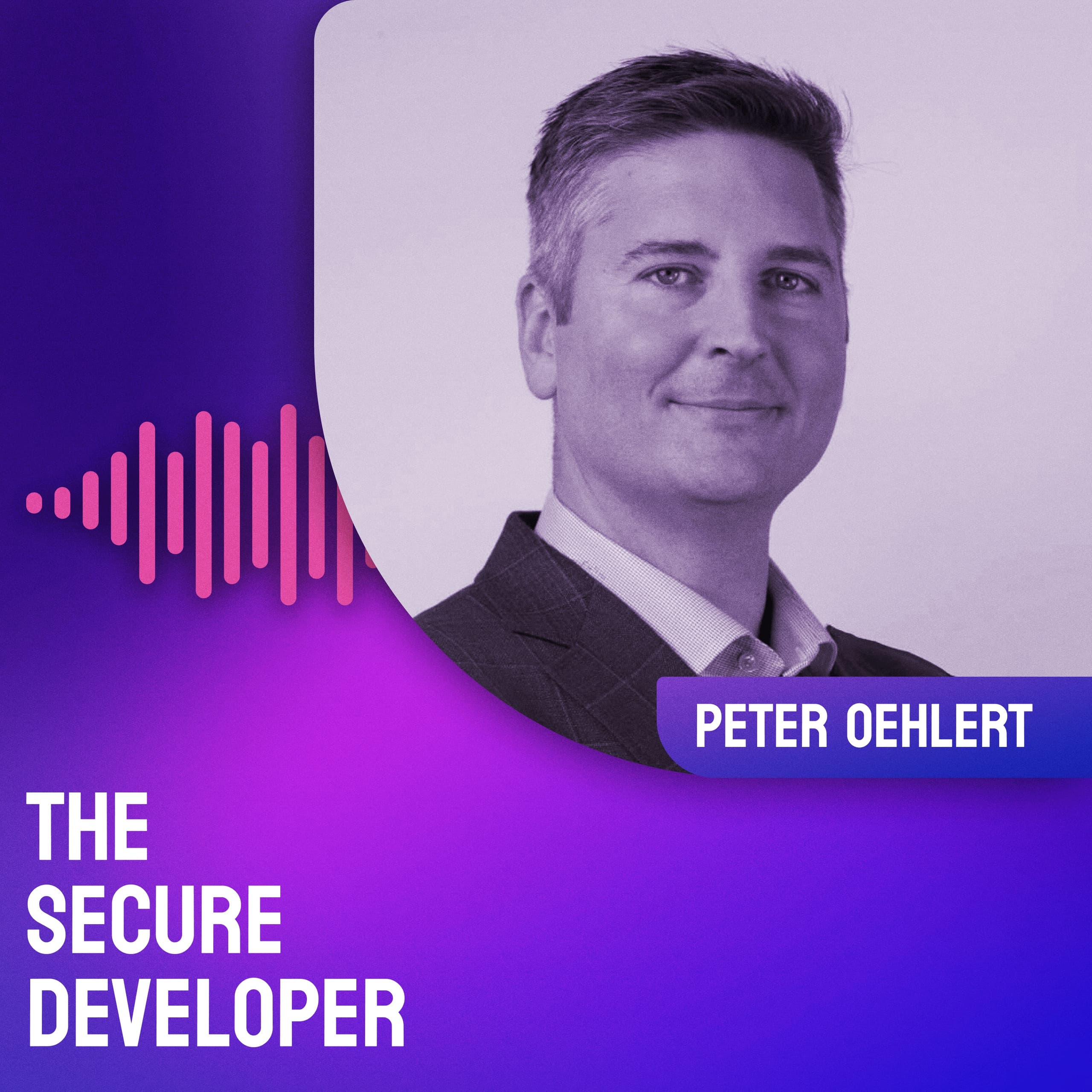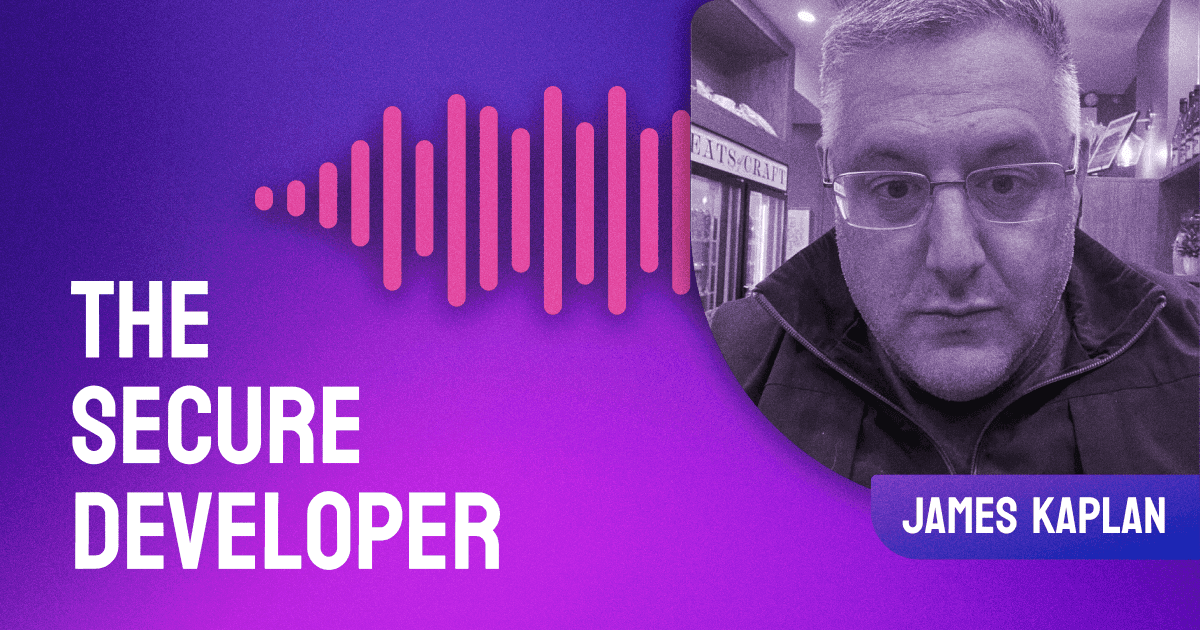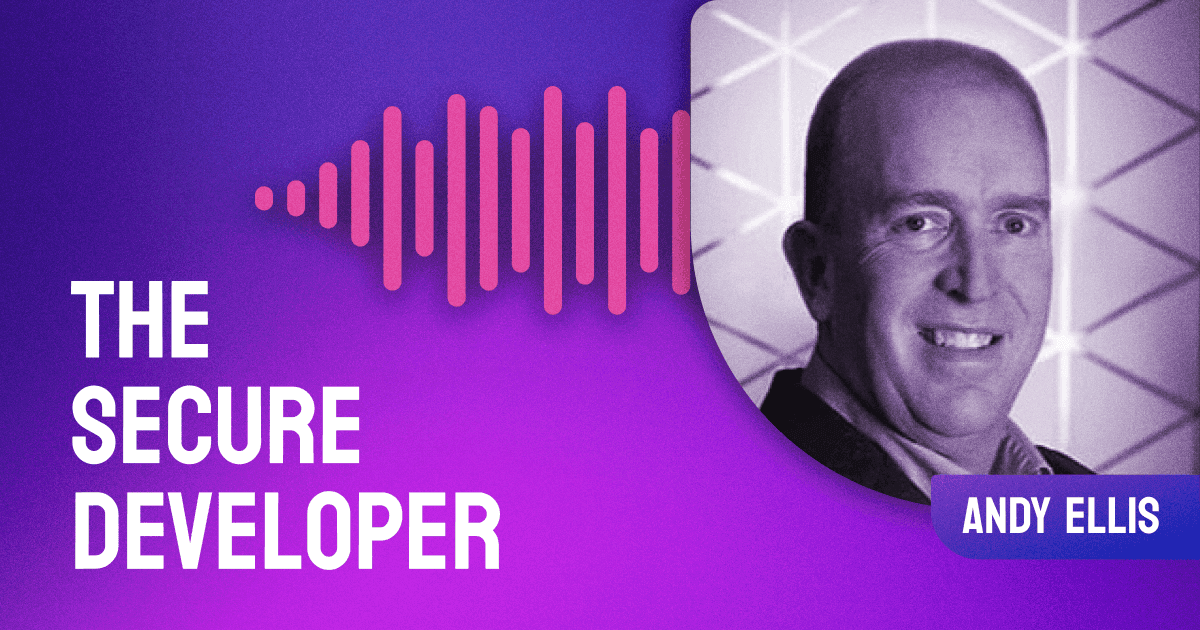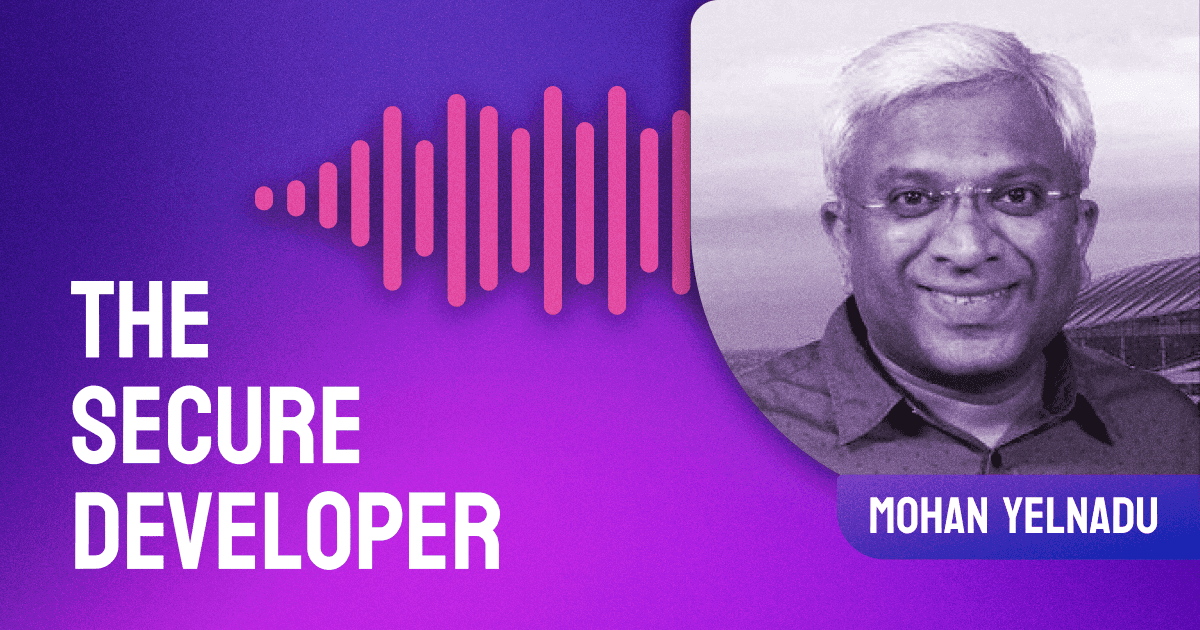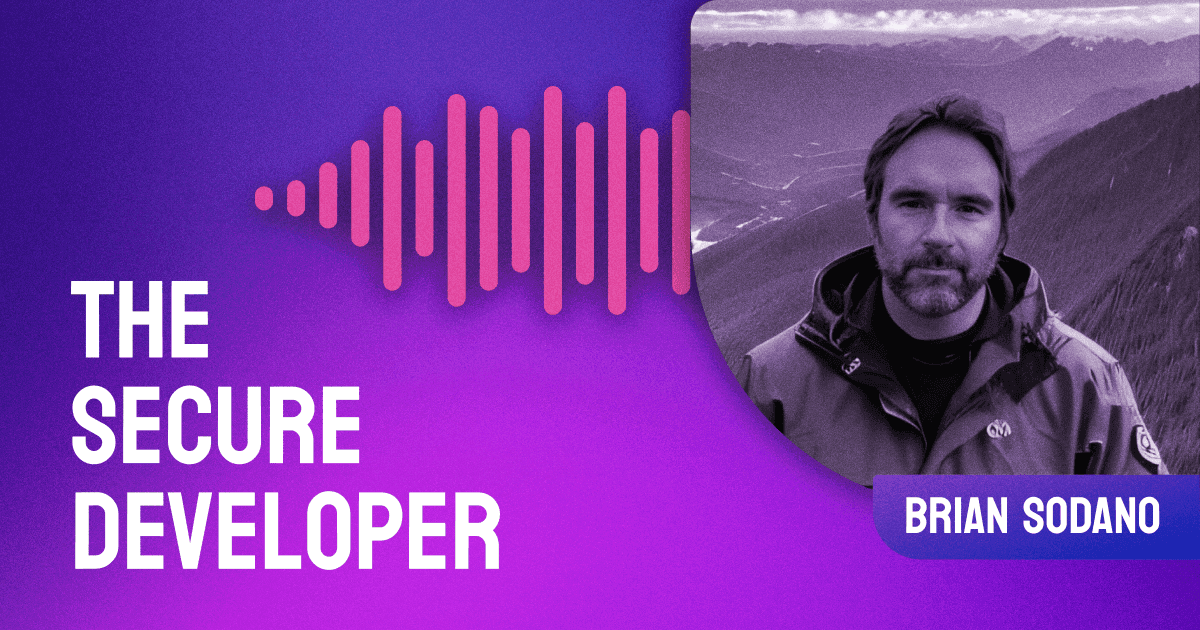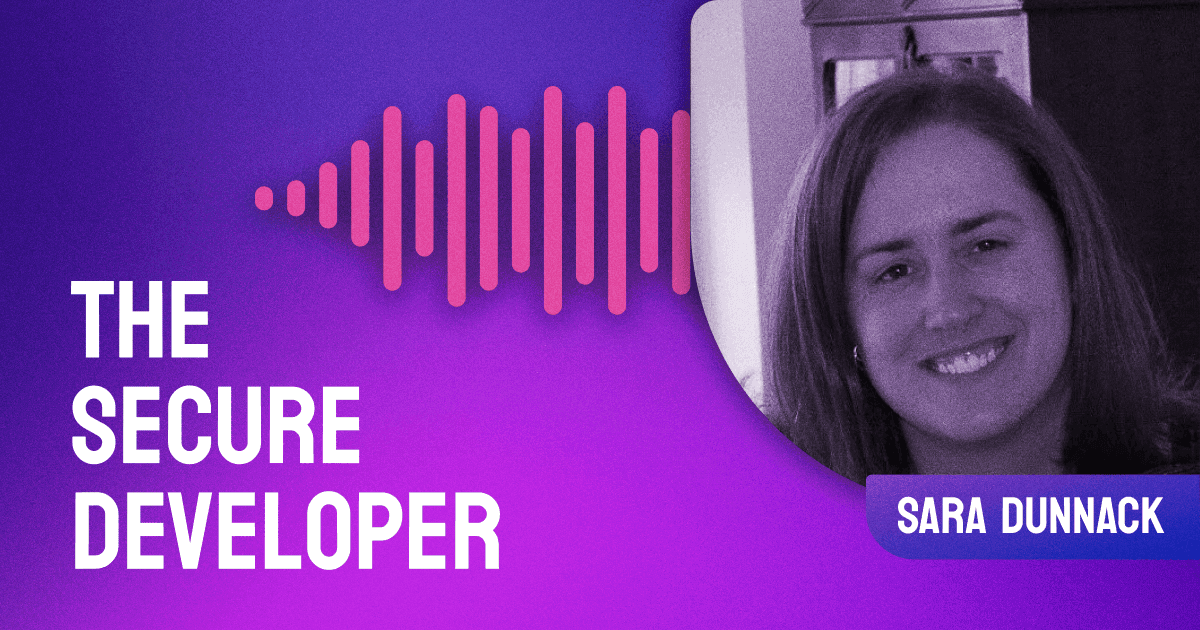In episode 36 of The Secure Developer, Guy is joined by Peter Oehlert of Smartsheet. They discuss holistic security approaches, understanding various categories of risk, and how the different teams in a large organization can work together to improve security.
The post Ep. #36, Holistic Security with Peter Oehlert of Smartsheet appeared first on Heavybit.
